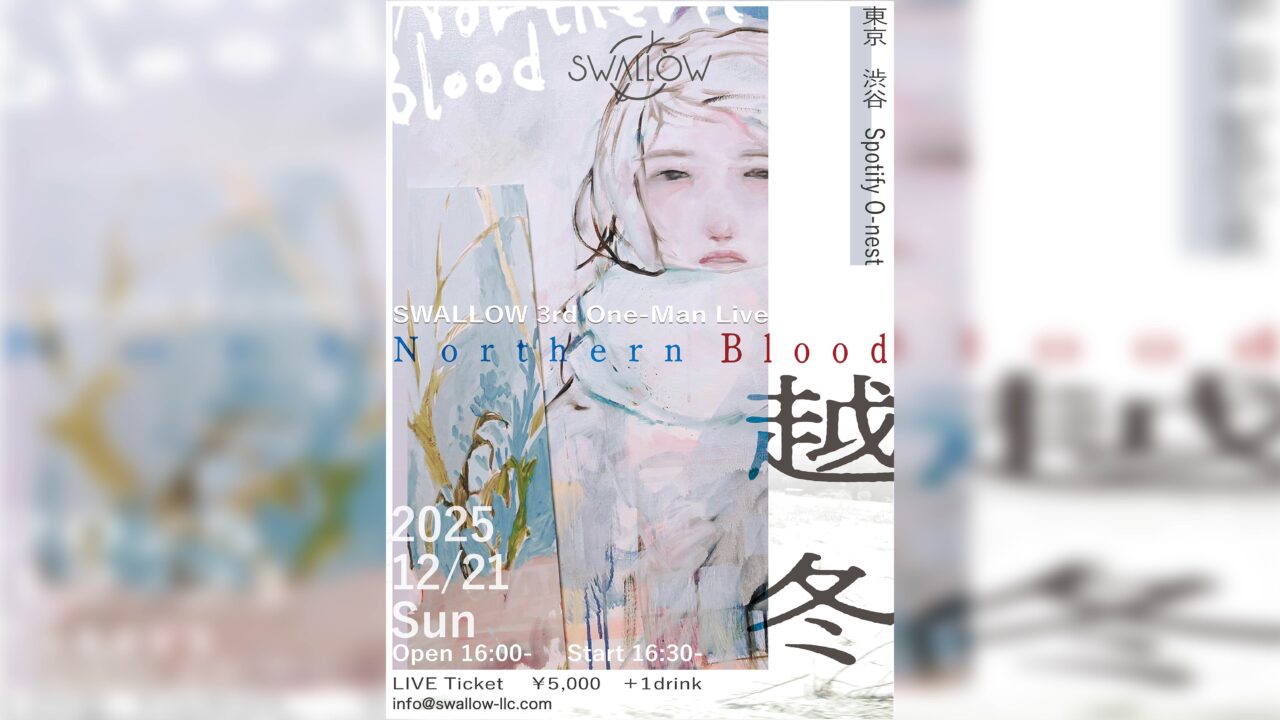INDEX
Blending Indie with Disco, Combining Punk and Funk, and the Emergence of Acid House
The Hacienda started in 1982 as a club and live venue focusing on rock and new wave music. Without a doubt, the blueprint and inspiration for it came from Wigan Casino. Many Manchester bands emerged from here, engaging in musical experimentation that can be characterized as a mix of indie and disco, punk and funk. Representing Manchester from the 1970s onwards, notable bands include Buzzcocks, The Fall, JOY DIVISION, New Order, The Smiths, The Stone Roses, and Oasis. The significance of punk as a pivotal moment is evident from the fact that Tony Wilson from Factory Records, members of JOY DIVISION, and Morrissey (The Smiths) attended the SEX PISTOLS’ live performance organized by Buzzcocks in 1976. Six years later, Factory Records opened The Hacienda as a musical experimental ground.
Then, in 1988, a storm of acid house swept through the UK. Dance music created with synthesizers and rhythm boxes, born in mid-1980s Chicago and Detroit, transformed disco into club music. For the team at Factory Records, which included New Order, electric dance music must have been incredibly stimulating. Simultaneously, London-based DJs like Paul Oakenfold and Danny Rampling experienced Ibiza’s parties during the same period and brought back early acid house to the UK.
The style of DJs mixing rock with house and Italo disco at Amnesia, a club in Ibiza at that time, later came to be known as Balearic. Soon after, Mike Pickering at The Haçienda started Ibiza-style parties, and acid house spread across the country as a new sound, giving rise to an unprecedented rave movement. The fervor at that time was beyond our imagination.
In many commentaries, the popularity of acid house is often attributed primarily to the synthetic drug ecstasy. While ecstasy undoubtedly played a significant role, I believe an even more substantial factor was the mindset of the people. The youth in the late 1970s to the 1980s in the economically challenging UK chose to believe in a brighter future rather than be crushed by harsh realities. Particularly, members of bands like The Stone Roses and Happy Mondays, who were teenagers in the 1970s and admired punk but missed its peak, began singing their own messages while embracing the DIY spirit of punk. The storm of acid house that occurred at that time transformed the music scene and parties. The line from The Stone Roses’ “She Bangs The Drum,” singing “The past was yours, but the future’s mine,” encapsulates this transformation, marking the moment when singing about hope from the depths of one’s heart became a reality.
























